1. DCX Immersion Enclosure capacity: The enclosure is sized in terms of performance and mechanically to cool a relatively small pool of a tightly packed group of ASIC miners or GPUs. We designed the system this way to avoid issues with long tanks, uneven flow and overheating of individual miners. The enclosure is designed to cool most popular miner form factors:
- S19/S19PRo/XP Antminer form factor – 8 miners per enclosure
- M30/M31/M50 Whatsminer form factor – 12-13 miners per enclosure
- GPU Cards – from 56 to 65 cards depending on the mainboard, PSU and other components dimensions.
- 19-inch server sized miners – utilizing sleds or brackets to install server components
2. Grid and Flow Plate configuration: DCX Immersion Enclosure is equipped with grid and flow plates. Grid is a mandatory component required for the proper operation of the enclosure and flow plates are optional, but a very effective add-on. We provide universal flow plates or dedicated for the specific miner type.
V Grid: the grid should be placed on the bottom of the enclosure in the way that V shaped elements are pointing to the back of the enclosure as presented with black V’s on the drawing. Grid elevates the miners and allows fluid to fully saturate the devices with needed flow to cool the systems properly.
Flow Plates: It is very important to constrain the flow inside the enclosure, so it circulates only through the miners and not around them. In case of ASIC miners you should use provided flow plates which direct the fluid to the ASIC hashboards. Plates should be placed directly on top of the grid. The plates have pre-cut openings – before placing miners on top of the plates, you should open the areas where miners are installed and leave openings closed if the miner is not present. You can remove the covers from the openings manually twisting the cover until it can be removed. Then please place the flow plates on the grid in a chosen pattern. An example setting for the S19 Antminer dedicated Flow Plates can be seen below on the drawing.
3. Dielectric Fluid level: It is very important to properly set the fluid level in the DCX Immersion Enclosure. Depending on the amount of miners there may be to low or to high fluid level. Known symptoms of that situation are:
- sucking the air through the outlet: results in sucking sound and white / cloudy appearance of the fluid. The air is mixed into the dielectric fluid. The fluid will eventually become clear again with air bubbles evacuated from the fluid when you will add fluid to the correct level.
- overheating – either to low or to high fluid level will result in incorrect fluid flow.
We provide 10 pcs of 22L containers = 220L total with every DCX Immersion Mining Enclosure. It is enough to operate with 8 x s19 miners or 12 Whatsminers, however it may be not enough if you plan to immerse just one miner for testing. In that case you can use the provided container filled with sand or water – anything that make the container heavier than the weight of the fluid it displaces. If using water as a weight, please make sure the container is completely dry when placed inside the dielectric fluid (including top of the container, handle etc.). Also make sure it’s firmly closed and that the container cap is located above the fluid level.
To achieve effective cooling with a proper temperature stratification of the fluid, you should make sure the fluid level is just slightly higher than the top edge of the black divider which separates the miner compartment from the fluid recovery channel. Fluid should barely overflow the divider, creating a waterfall effect in the fluid recovery channel. If you use lower miners (example S17 / S15) you can remove part of the divider lowering the needed fluid level. The correct fluid amount shown on the drawing below.
4. S19 Antminer or similar configuration: If grid, flow plates and fluid level are configured properly DCX Immersion Enclosure will provide effective heat transfer with a DeltaT of 20 to 25C. The miners should be placed vertically on the top of the grid and flow plates, with flow plates openings removed. Miners can be positioned with power sockets facing top or bottom of the enclosure. For the best cooling effect we recommend miners located in the way that hashboards are located closer to the middle of the enclosure having part of the miners flipped and part non flipped. If you plan to operate with a limited amount of miners you should place first miners in the front of the enclosure starting from the middle.
5. GPU bracket configuration: We offer 2 types of GPU card brackets:
- 2×4 – in total 8 brackets per enclosure. Each bracket holds up to 7 GPUs, depending on the GPU build, heatsink build, mainboard dimensions, PSU amount and dimensions. In total this kit will hold 56 GPU cards with power supplies. Dedicated to the ATX boards with GPUs using PCI risers.
- 1×5 – in total 5 brackets per enclosure. Each bracket holds up to13 GPUs, depending on the GPU build, heatsink build, mainboard dimensions, PSU amount and dimensions. In total this kit will hold 65 GPU cards with power supplies. This is the most universal bracket, will fit every mainboard and GPU model.
Brackets can also be used to install different 19-inch server sized miners or servers. Proper position of the brackets in the enclosure shown on the drawings below:


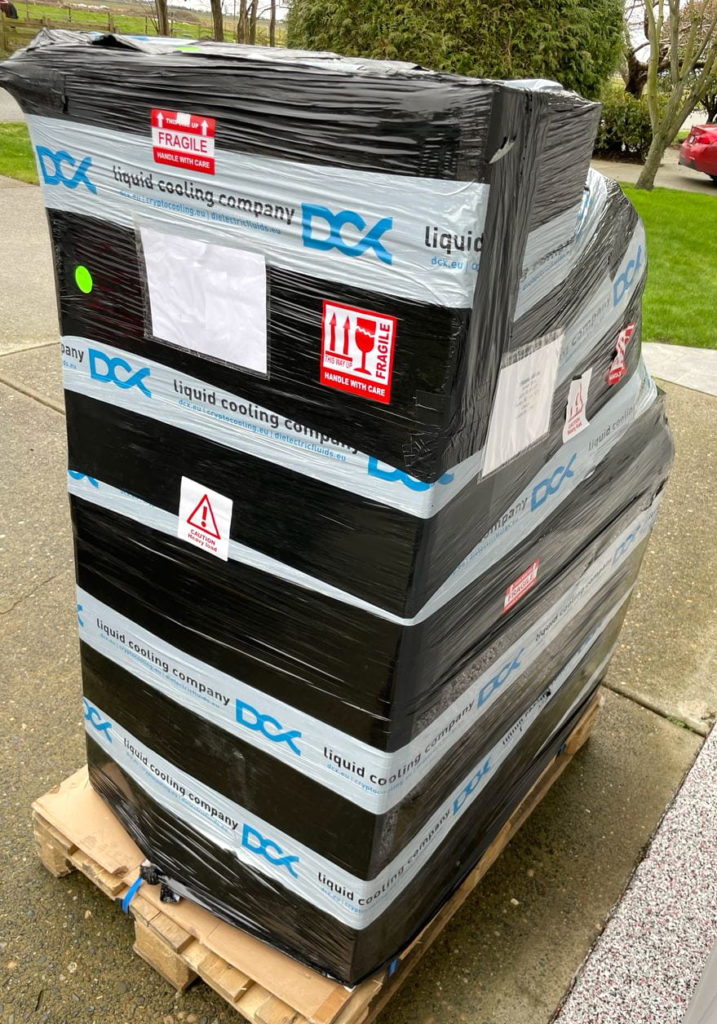
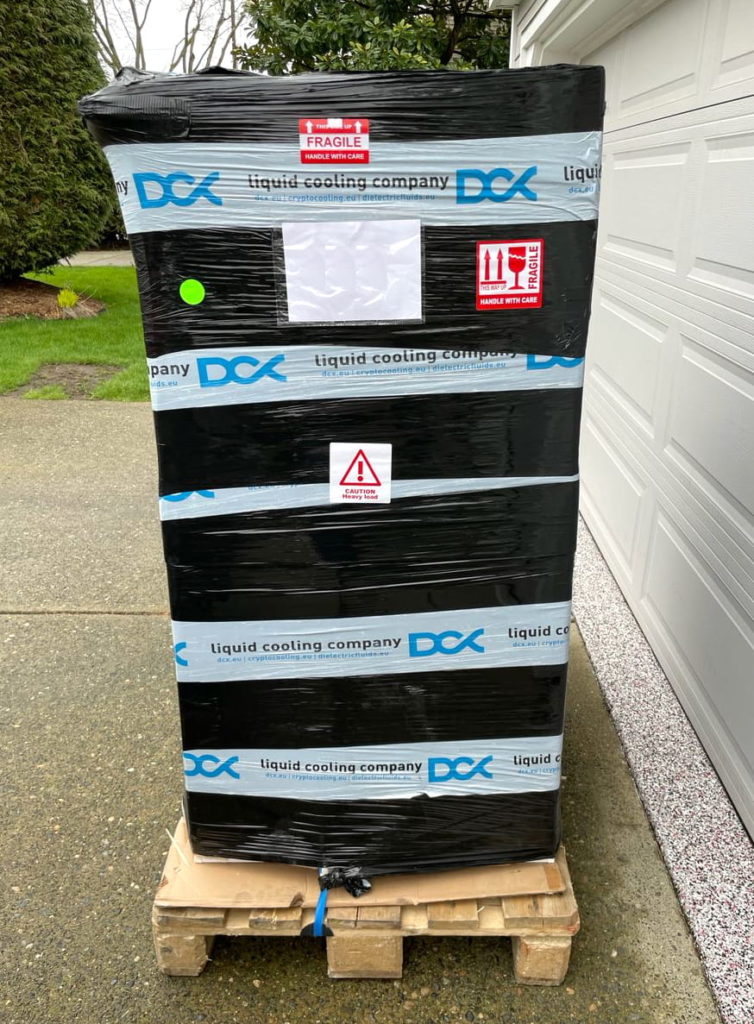
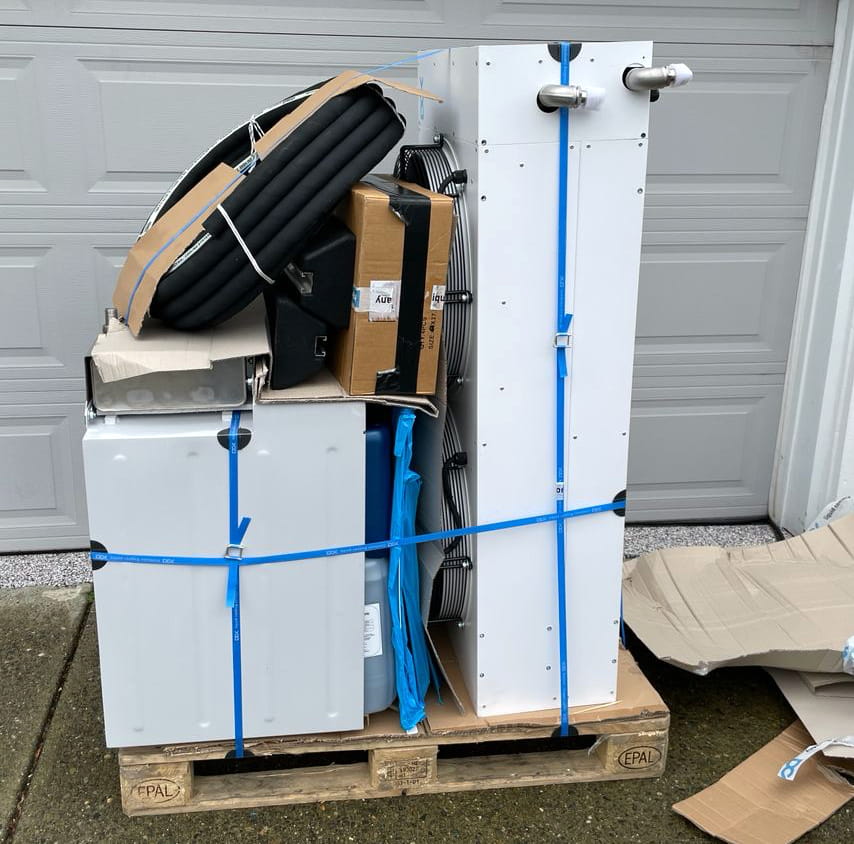
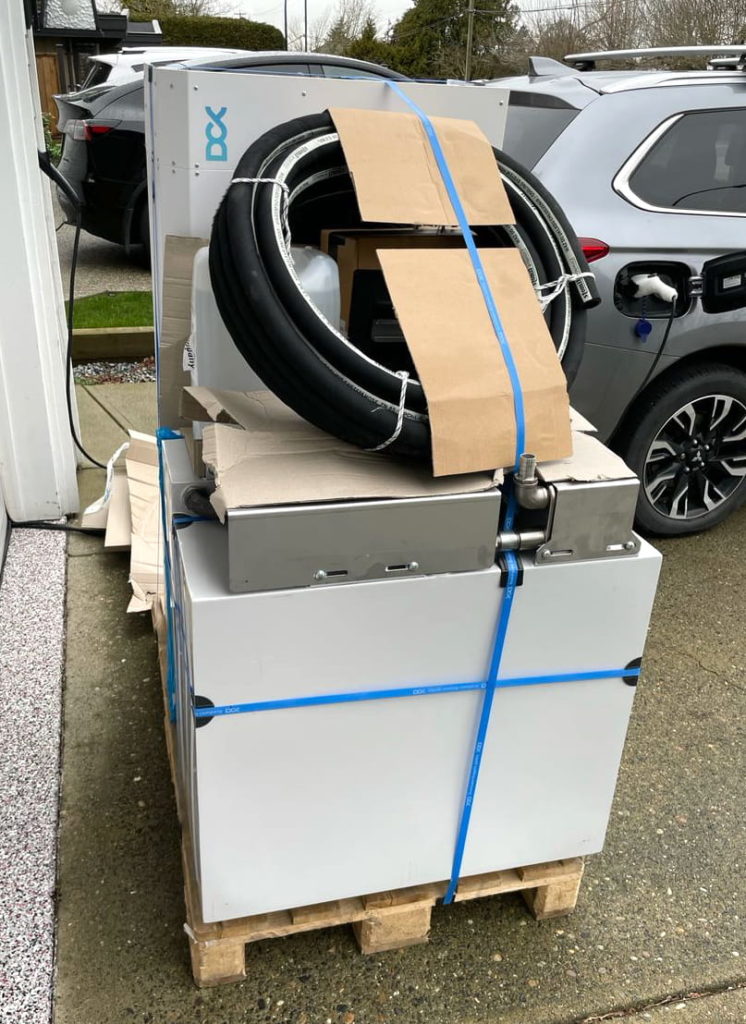
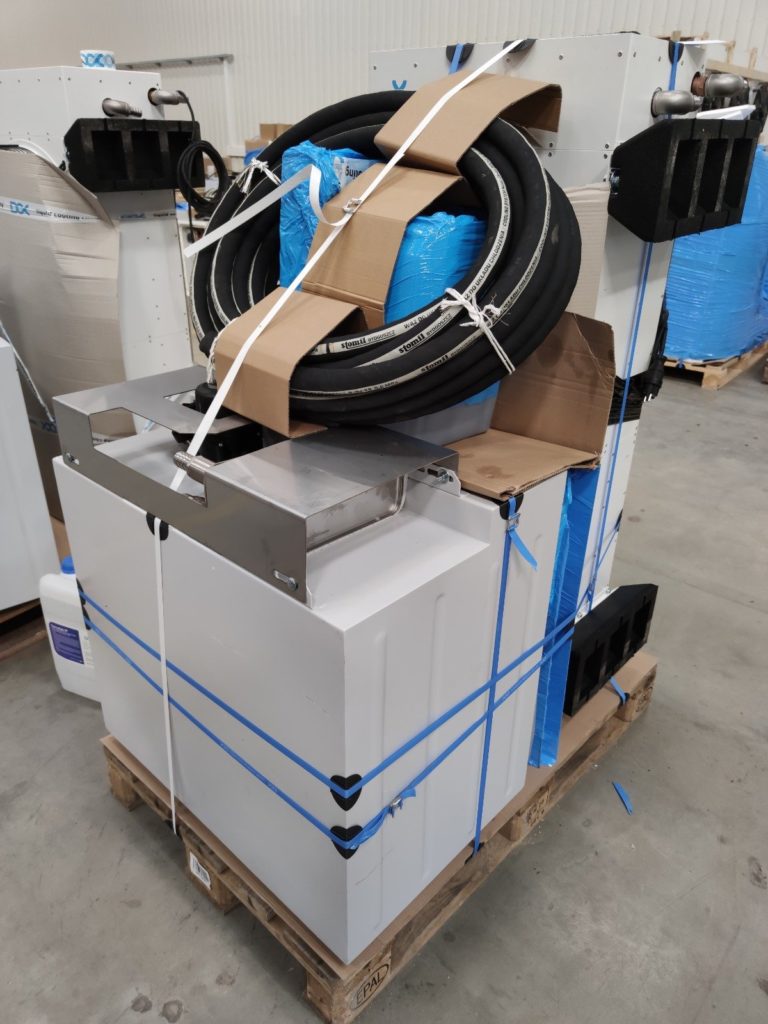
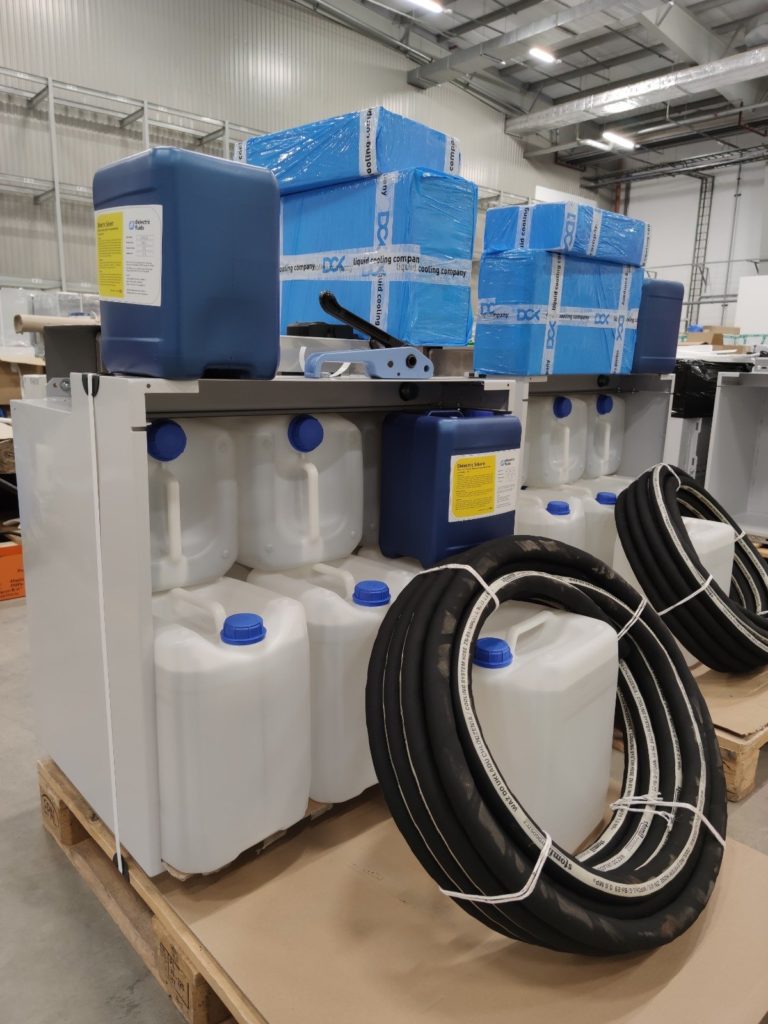



 dielectricfluids.eu
dielectricfluids.eu cryptocooling.eu
cryptocooling.eu